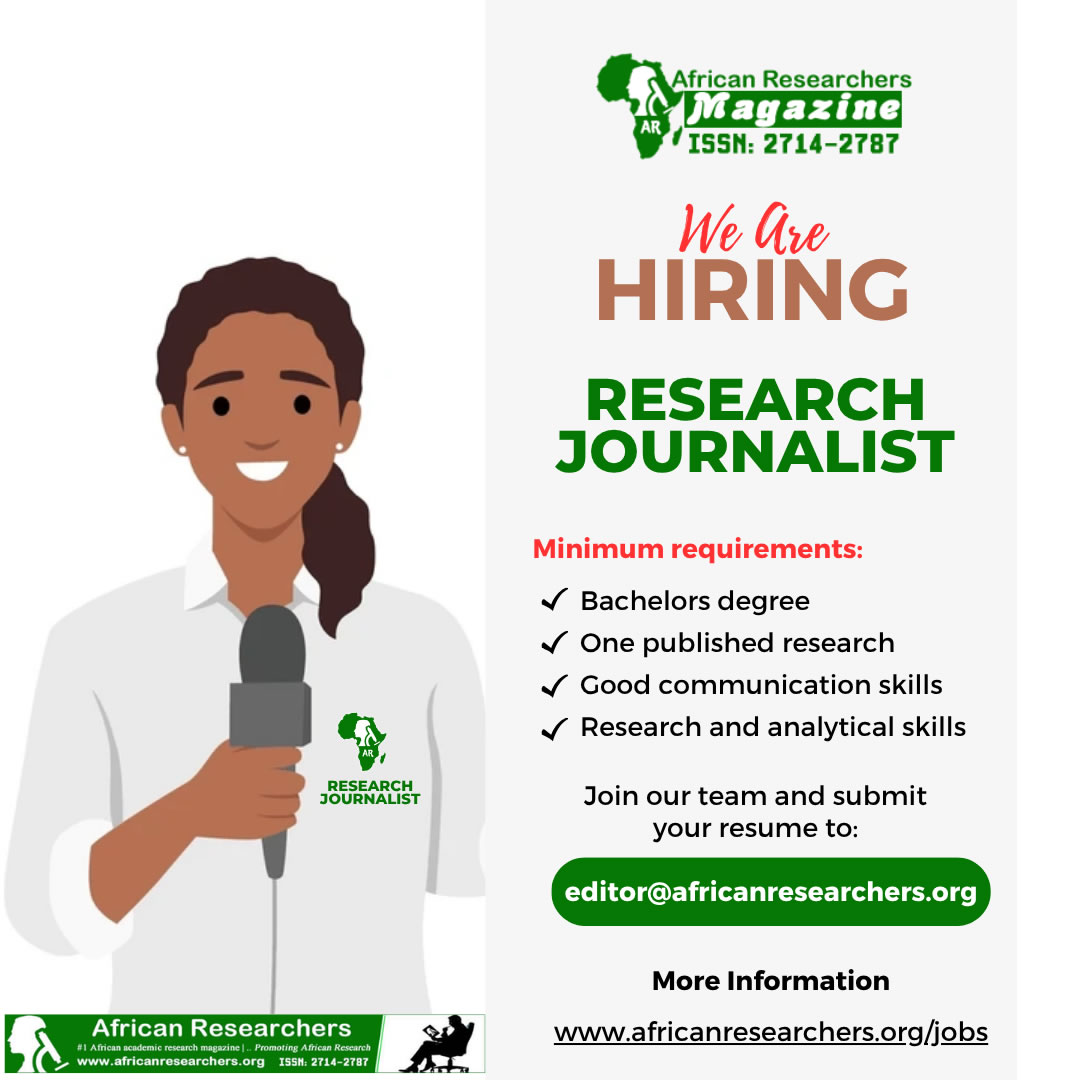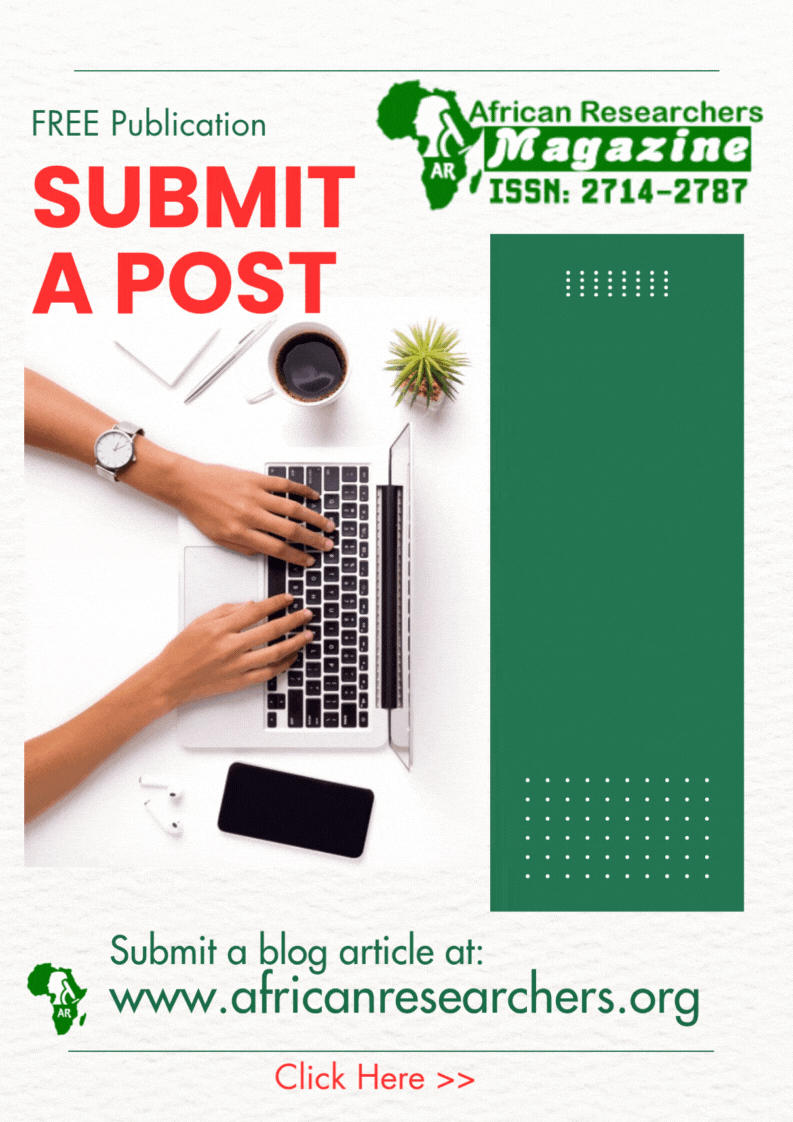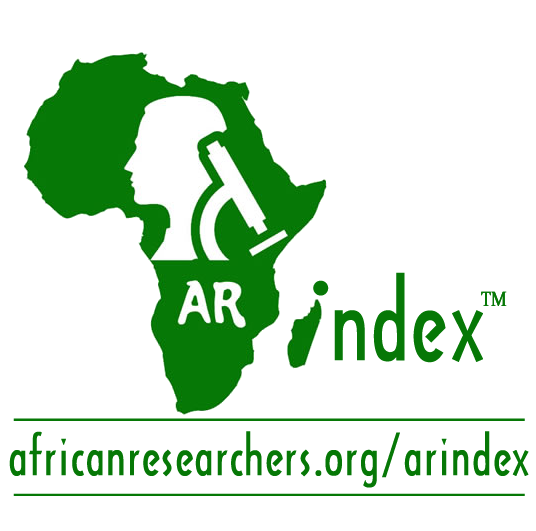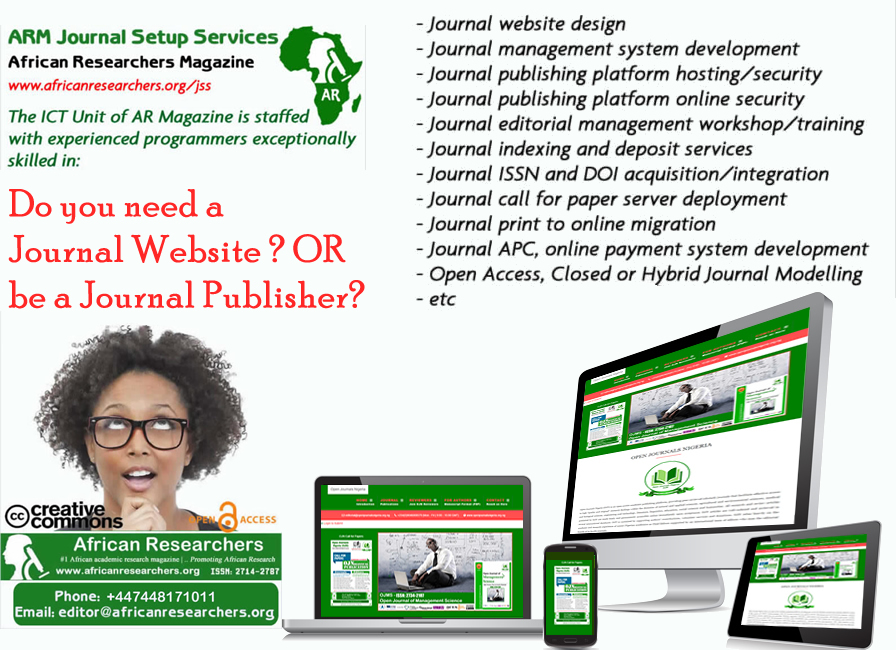Illustrative Image: AI and the Climate Transition: How Artificial Intelligence Can Drive Net-Zero Growth, Innovation, and Global Sustainability
Image Source & Credit: World Economic Forum
Ownership and Usage Policy
Introduction: AI at the Heart of Climate and Growth
The global economy is standing at a crossroads. Environmental crises—ranging from accelerating climate change to biodiversity loss and pollution—demand urgent systemic transformation. To meet the goals of the Paris Agreement and transition to a net-zero economy, the world requires annual investments of at least $4 trillion by 2030, with $2.4 trillion needed in emerging markets and developing economies (EMDEs) alone. Yet these regions, despite vast natural resources and potential for leapfrogging older technologies, remain the least funded.
Take Africa, for example: home to 60% of the world’s best solar resources, the continent received less than 2% of global clean energy investments in 2023. This imbalance underscores the urgent need for new frameworks and transformative technologies.
Artificial Intelligence (AI)—a powerful general-purpose technology—is uniquely positioned to accelerate the climate transition. Far beyond being a digital tool, AI can reshape systems, drive innovation, and scale solutions at unprecedented speed. By doing so, it not only reduces emissions but also catalyzes productivity, job creation, and inclusive economic growth.
Why AI Matters for the Climate Transition
The transition to net-zero should not be framed as a cost but as a catalyst for opportunity. If applied strategically, AI can:
- Optimize efficiency in energy and production systems.
- Reduce environmental risks through improved forecasting and planning.
- Stimulate innovation by accelerating scientific discovery.
- Drive behavioural change towards low-carbon choices.
- Enhance resilience against climate shocks.
This makes AI central to both mitigating climate change and enabling sustainable development, particularly in regions facing investment shortfalls and infrastructure challenges.
Five Impact Areas Where AI Can Drive Change
Transforming Complex Systems
Climate change is not a single challenge—it is a web of interconnected issues involving power, transport, urban development, and land use. AI enables these systems to be managed in smarter, more integrated ways.
- In energy: AI forecasts supply and demand, balances grids, and integrates renewable energy sources efficiently.
- Case example: DeepMind’s wind energy optimization increased renewable energy’s economic value by 20%, boosting reliability and profitability.
This is especially important in EMDEs where infrastructure gaps exist but the potential for leapfrogging to clean, modern systems is immense.
Accelerating Discovery and Innovation
Nearly 50% of the emissions reductions needed by 2050 will come from technologies that are not yet fully commercialized, according to the International Energy Agency (IEA).
- AI shortens the innovation cycle in areas like energy storage, alternative proteins, and carbon capture.
- Example: AlphaFold, by decoding more than 200 million protein structures, has already opened new frontiers in biotechnology and energy materials.
AI infuses science with digital speed, creating opportunities for breakthroughs that traditional R&D timelines could not deliver.
Driving Behavioural Change
AI influences consumer and business decisions by providing personalized, data-driven insights.
-
Example: Google Maps eco-routing, which reduces fuel consumption by suggesting energy-efficient routes, has already prevented over 1 million tonnes of CO₂ annually, equivalent to removing 200,000 cars from the road.
These everyday choices, when scaled globally, can drive substantial emissions reductions.
Improving Climate and Policy Modelling
Policy effectiveness depends on accurate modelling and forecasting. AI enhances our ability to:
- Predict climate events such as floods, droughts, and sea ice changes.
- Model the impacts of policies like carbon pricing on businesses and households.
- Provide governments with real-time insights for effective interventions.
For instance, Google’s FloodHub delivers localized early warnings, helping communities prepare and save lives.
Enhancing Adaptation and Resilience
While mitigation is crucial, adapting to inevitable climate impacts is equally urgent. AI supports adaptation strategies by:
- Forecasting drought risks.
- Monitoring crop and canopy water levels.
- Guiding investment in infrastructure to protect vulnerable regions.
These capabilities ensure that communities—particularly in the Global South—can build resilience and reduce vulnerability to climate shocks.
Quantifying AI’s Climate Impact
When applied in power, food, and mobility sectors, AI has the potential to cut global emissions by 3–6 gigatonnes of CO₂-equivalent (GtCO₂e) annually by 2035:
- Power sector: AI-enhanced renewables could cut ~1.8 GtCO₂e per year.
- Food sector: AI-supported alternative proteins could replace up to 50% of meat and dairy, reducing ~3 GtCO₂e per year.
- Mobility sector: AI-enabled electric vehicles and shared transport could save ~0.6 GtCO₂e annually.
While AI itself consumes energy, potentially adding 0.4–1.6 GtCO₂e annually by 2035, its net impact remains overwhelmingly positive when powered sustainably.
Making AI Work for the Climate Transition
AI’s transformative potential will not be realized automatically. Market forces alone cannot guarantee equitable, climate-positive outcomes. Governments, businesses, and civil society must collaborate to:
- Build enabling infrastructure (connectivity, data, and skills development), particularly in EMDEs.
- Align incentives to prioritize AI applications with high social and environmental returns.
- Develop regulations to minimize risks, such as increased data centre emissions, while promoting renewable-powered AI.
- Ensure equity, so that the Global South benefits from AI rather than being excluded.
AI must become a tool for shared prosperity, not a driver of global inequality.
A Vision for the Future
AI is more than just a technological revolution—it is a systemic enabler of sustainable growth. By reshaping industries, accelerating discovery, empowering individuals, and strengthening resilience, AI can help align the global economy with net-zero and inclusive development goals.
The decisive question is not whether AI can help, but whether we will act with the urgency, coordination, and intentionality needed to harness its potential. Guided responsibly, AI could become the cornerstone of a future where prosperity, equity, and environmental sustainability advance together.
















 The African Research (AR) Index is a comprehensive scholarly directory and database focused explicitly on journal publishers that publish and disseminate African research.
The African Research (AR) Index is a comprehensive scholarly directory and database focused explicitly on journal publishers that publish and disseminate African research.

